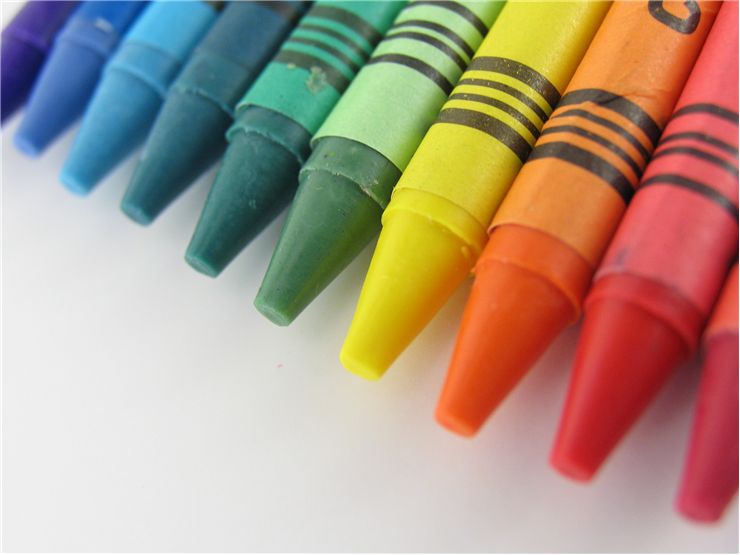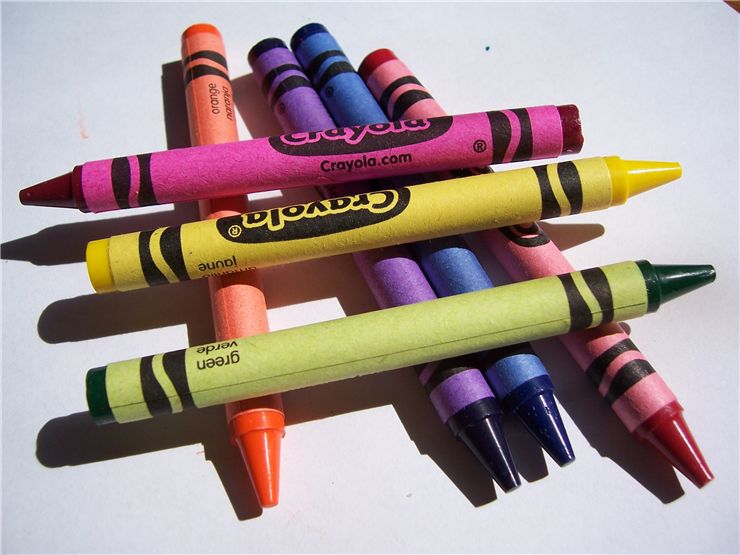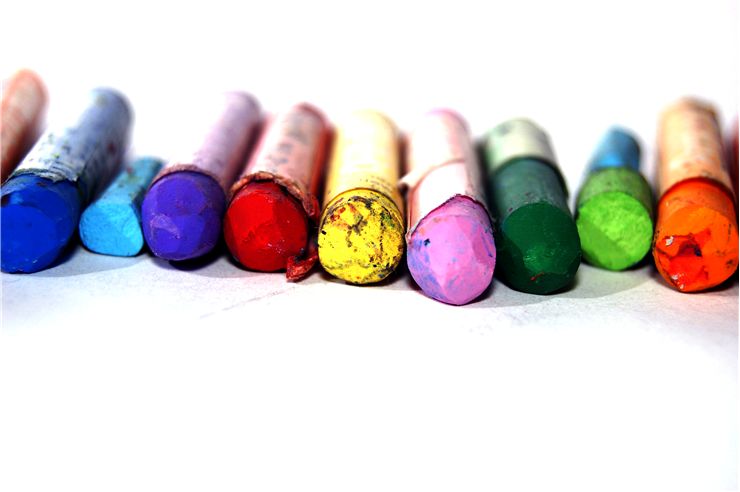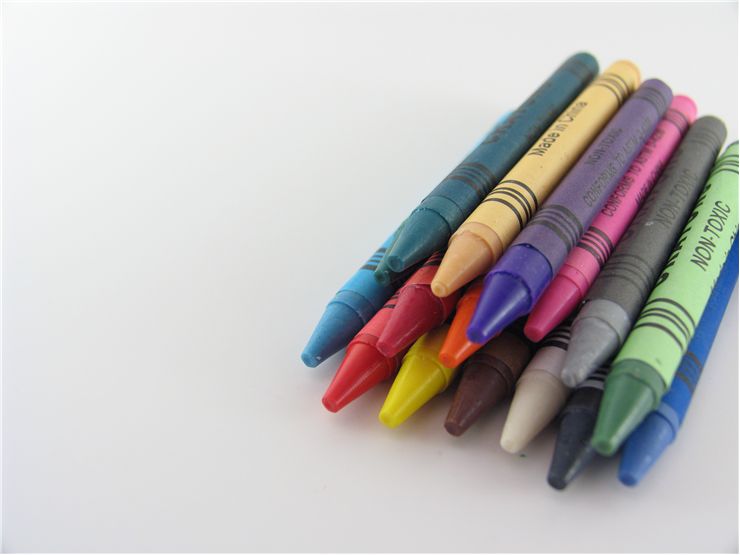The History of the Crayon
Crayons are sticks of colored wax, charcoal, chalk, or other material used for drawing and coloring. If they are made of oiled chalk, they are called “oil pastels.” Those made of oiled chalk are called “oil pastels," and those made of pigment mixed with a dry binder are just “pastels,” while those made of pigment mixed with wax are called grease pencils or china markers. Crayons are easy to draw with and much less messy than pens and markers. They are also relatively soft and blunt. Because of all of that, they are perfect for little children who cannot hurt themselves with them or make too much of a mess. At the same time, student and professional artists also use crayons because they come in various colors, produce interesting textures, and are easy to use.
The word "crayon" was mentioned for the first time in 1644, but using wax with colors was a method known to Ancient Egyptians. This method was not a crayon but more of a way to fix a color to a surface. They used hot beeswax combined with colored pigment to bind color into stone. Ancient Greeks and Romans used a similar method. The first crayons appeared in Europe and were made with charcoal and oil, but we don’t know when. One source says that a Roman scholar, Pliny the Elder, described the first drawing techniques with wax crayons. Pastels were used by Leonardo da Vinci in 1495. Artists have used “conté crayons” between a pastel and a standard crayon since the late 1790s. In the 19th century, other pigments appeared (not just charcoal), and Jane Austen mentioned crayons in her “Pride and Prejudice” in 1813. Joseph Lemercier of Paris manufactured and sold various crayon and color-related products. At the same time, in Europe, a method of substituting wax with oil was found, making the crayons harder and less likely to melt.
American market had many manufacturers of crayons. One of the first was E. Steiger & Co., who made and sold wax crayons in 1881 in boxes of 6, 12, and 18 colors. Binney & Smith (today known as Crayola) started selling their crayons in 1903. They soon started selling crayons indifferent sets (19 different sets with 30 colors) and became one of the most popular companies (so much so that some people call crayons - Crayola). Franklin Mfg Co was also one of the earliest crayon manufacturers known to have sold wax crayons since 1883. Their sets were called Rainbow, Radiant, Penguin, and Educational, and they stayed in business until 1927. Eberhard Faber Pencil Company, which brought German lead pencil-making techniques to the United States, also sold wax crayons in 1883, but theirs were cedar wood-encased crayons. They later switched to all-wax crayons. Charles A. Bowley started selling wax crayons for marking leather in the late 1880s. Trying to keep up with the demand for his crayons, he partnered with the American Crayon Company in 1902. Joseph Dixon Crucible Co. began making crayons in 1887, and by merging with American Crayon Company in 1983, they made Dixon Ticonderoga Company, and they are still making and selling crayons. Prang Educational Company, founded by Louis Prang, one of the fathers of art education in the United States, manufactured watercolor crayons and sold them from the late 19th to the early 20th century. Milton Bradley Co. sold games, but they also sold wax crayons from 1895, and they did that until they were acquired by Hasbro in 1984.
Early French artists such as Francois Clouet and Nicholas L'agneau used wax crayons, and many still do.



